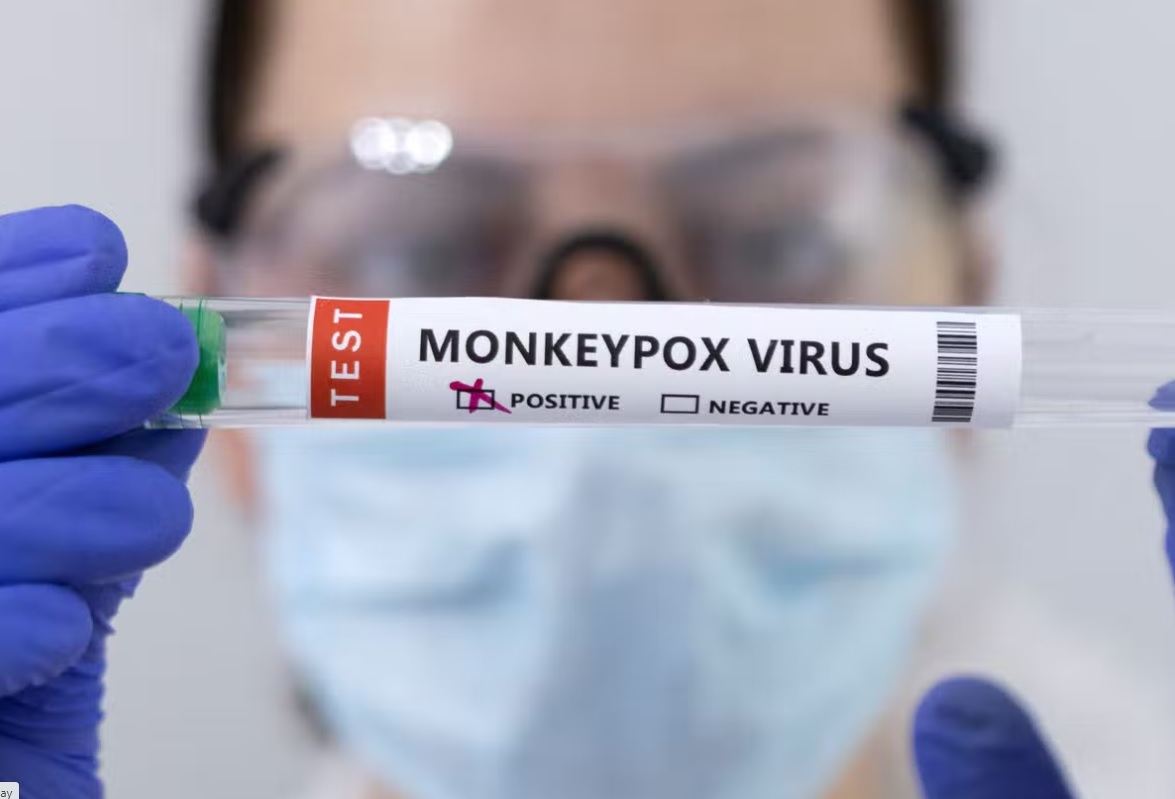
Monkeypox virus: origin, symptoms, treatment and prevention of monkey pox
Monkeypox is an infectious disease already known and widespread in Africa and rather rare in humans caused by infection with monkeypox virus, a ‘cousin’ of human smallpox, but very different in terms of diffusivity and severity
Although the disease mainly affects animals, since the virus has the capacity to infect different species, monkeypox has reached humans: the first case was recorded in 1970 in the Democratic Republic of Congo.
In Italy, three cases have been identified so far, with mild symptoms, but we cannot speak of alarm.
We must be cautious and keep a high level of attention to understand whether these are sporadic cases or whether we can speak of outbreaks.
In this sense, the Ministry of Health, the Istituto Superiore di Sanità and the Regions immediately set up a system to monitor cases.
The origin of monkeypox
Monkeypox is a virus first identified in captive monkeys in 1958 and then in 1970 in a man in the Democratic Republic of Congo.
Since then, the disease in humans has been recorded mainly in Central and West Africa, but sporadic cases have been traced years ago in the United States, Israel, Singapore and the United Kingdom, always linked to travel or transport of animals from risk areas.
Monkey pox, symptoms
The disease starts with:
- Fever
- Headaches
- Muscle pain
- Backache
- Swollen lymph nodes
- Chills
- Tiredness
Within 1-3 days (approximately) after the onset of fever, the patient develops a rash, often starting on the face and then on the body, which manifests itself as
- vesicles
- pustules;
- scabs.
The duration of the disease is variable: 2-4 weeks.
How is monkeypox transmitted?
Transmission occurs when a person comes into contact with the virus from animals, humans or contaminated material.
From human to human, the virus, although not easily, can be transmitted through
- drops of saliva (droplets);
- contact with body fluids;
- contact with skin lesions.
How Monkeypox is cured
The disease tends to regress spontaneously in 2 to 4 weeks with adequate rest and no specific treatment.
It is advisable to consult one’s general practitioner in the event of the appearance of vesicles or other skin manifestations, who may consider administering antivirals when necessary.
Prevention
Basically, as with other infectious diseases, it is a good idea to be careful about contact with people who show symptoms and are potentially at risk.
In the event of an illness, the infected patient should be isolated and the caregiver should take care to wash hands well and frequently and use personal protective equipment.
The vaccine
Although there is a vaccine for monkeypox, there is still no data on its real efficacy, just as we are not yet certain that populations worldwide over the age of 50 can benefit from the protection offered by the ‘real’ smallpox vaccination programmes that were in place before 1980.
Read Also:
Emergency Live Even More…Live: Download The New Free App Of Your Newspaper For IOS And Android
HIV Evolving ‘Into Milder Form’
Managing Chickenpox In Children: What To Know And How To Act


